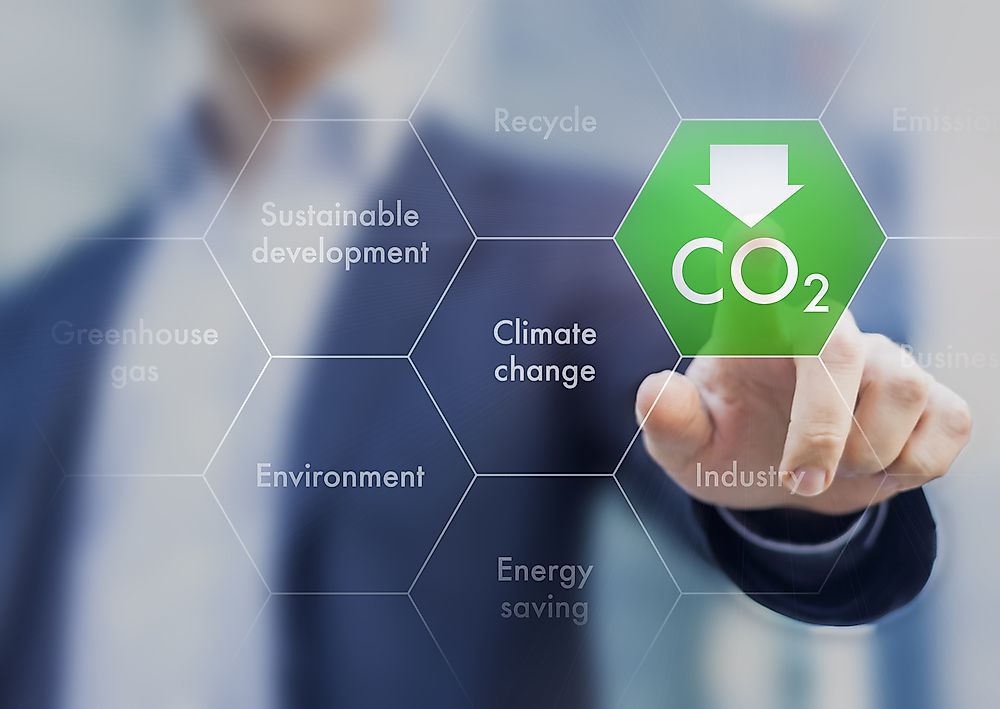What is the Paris Agreement?

The Paris Agreement is an accord among the United Nations member countries on climate change also known as the Paris climate agreement or Paris climate accord. The agreement is under the auspices of United Nations Framework Convention on Climate Change (UNFCCC) which addresse greenhouse gas emission, mitigation, finance, and adaptation. During the 21st Conference of the Parties to the UNFCCC which was held on December 12, 2015, in Paris, the representatives of 196 parties negotiated the language of the agreement. About 195 UNFCCC members have already signed the Paris Agreement and 148 have ratified the agreement as of June 2017. According to the agreement, each member country is responsible for determining plans and regularly reporting its contributions aimed at reducing global warming. There are no laws or mechanisms within the agreement that coerces member countries to set specific targets by certain dates. However, each target set by each country is required to surpass the previous targets. On June 1, 2017, Donald Trump, the US President said that the US would stop its participation in Agreement on climate change and that they would be open to negotiations for a better deal.
Historical Background
Following the 2009 failed negotiations to deal with climate change, many countries walked away with a better sense of how they could make such an agreement work. The current agreement was well implemented using past experiences and failures thus helping to launch a bottom-up approach to establishing agreements on climate. Besides, the Paris Agreement allows individual countries to set their goals thus ensuring it is convenient for all parties involved while promoting change.
Objectives Of The UNFCCC Under The Paris Agreement
The UNFCCC has many objectives that it hopes to fulfill under the agreement. Some of the objectives include enhancing the ability to adjust to the negative effects of climates change while promoting climate adaptability and the development of low greenhouse gas emissions in a way that will not threaten the production of food. Another objective is to ensure that there is a consistent flow of finances for the purpose of climate- resilient and limited greenhouse gas emissions development and lastly to keep global warming well below 2 degrees Celsius and for the very first time to ensure that temperature increases are kept to 1.5 degrees Celsius above pre-industrial levels. All these in the knowledge that such efforts would considerably help decrease the effects and risks of climate change.
Nationally Determined Contributions
Through “nationally determined contributions,” the Paris Agreement urges each country to put their best efforts forward and to strengthen such efforts to ensure a better and brighter future with less global warming. Article 3 of the agreement requires each member country to be ambitious, representing a progression over time and eventually setting certain goals with the aim of achieving the objectives set by the agreement. The contributions which will be registered by the UNFCCC Secretariat should be reported every five years. The principle of progression encourages that each ambition or goal should surpass the previous set goals. The member countries are allowed to work together to pool their “nationally determined contributions.” Besides, each country's target is determined by its level of nationally determined contribution. However, due to international laws, such contributions are not binding since they lack the obligatory language, normative character, and specificity required to establish binding norms.
The Importance Of The Agreement
Climate change is a major challenge to people and all living organisms around the world. The Paris agreement strongly affirms the importance of biodiversity, ecosystem, and land use while decreasing the levels of greenhouse gas emissions and helping countries together with their communities reduce the risks and effects of global warming and adapt to the effects of climate change. The agreement also promotes proper methods of land management such as improving agriculture, forest restoration, and nature conservancy.











